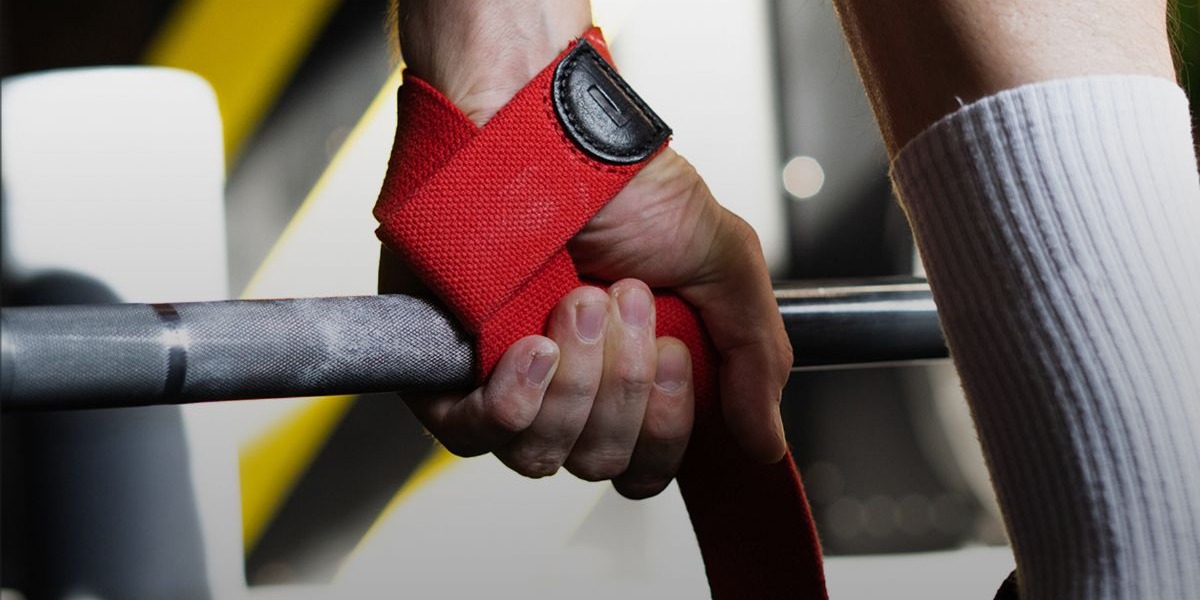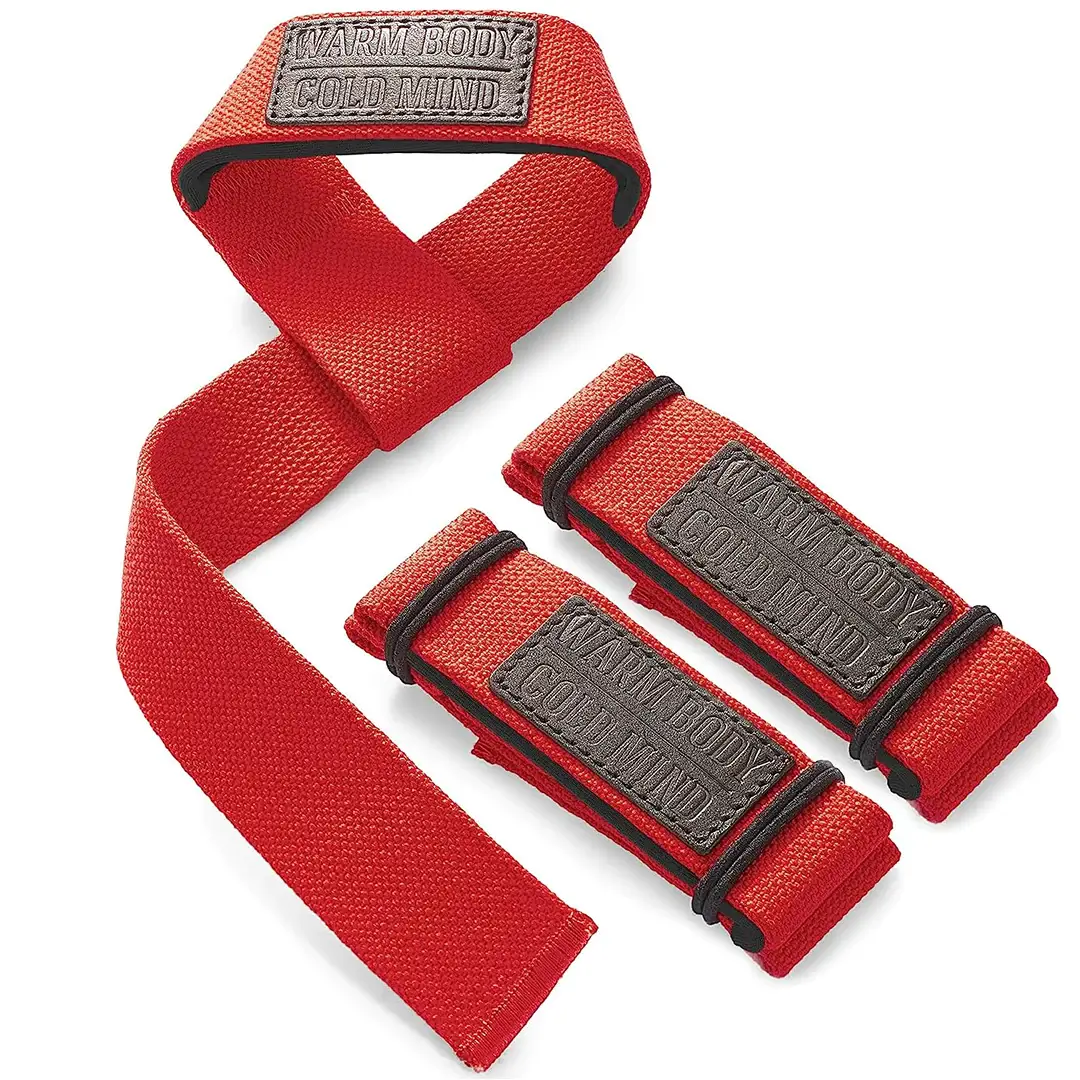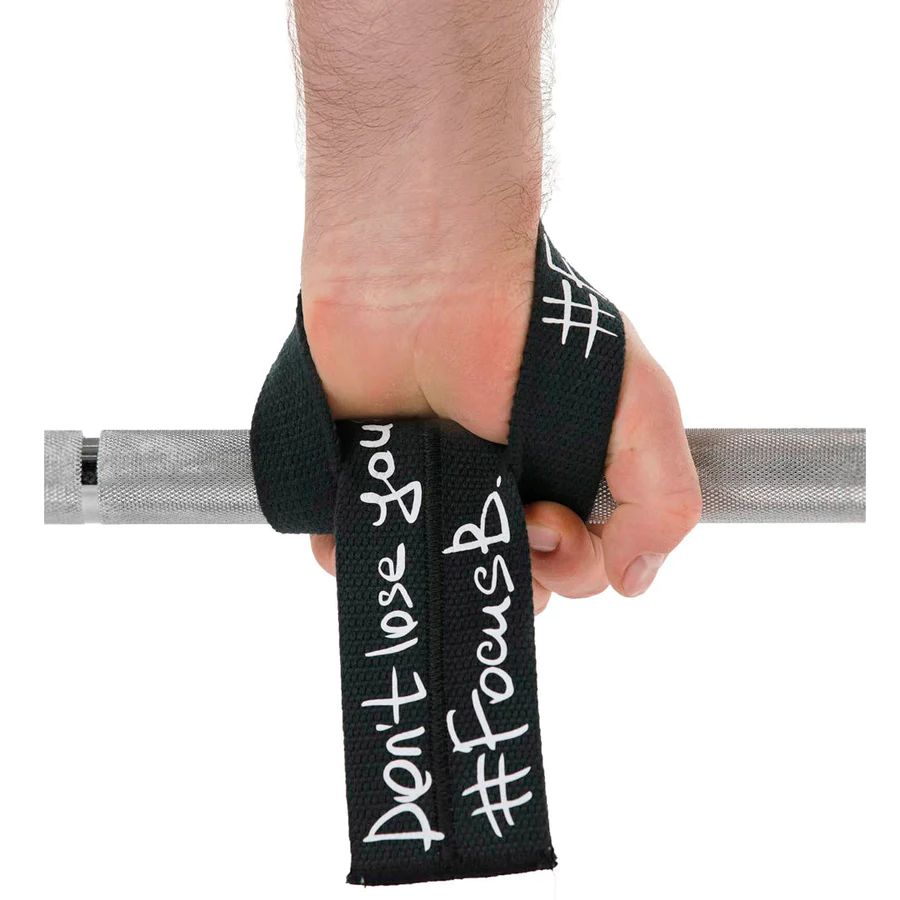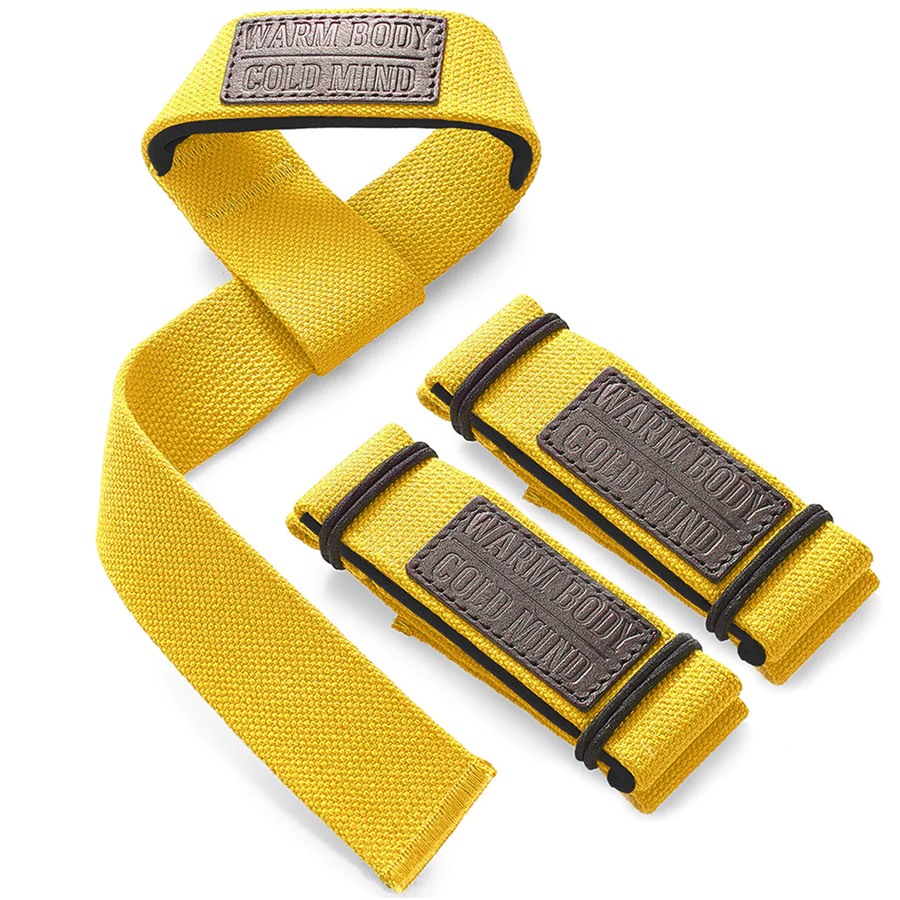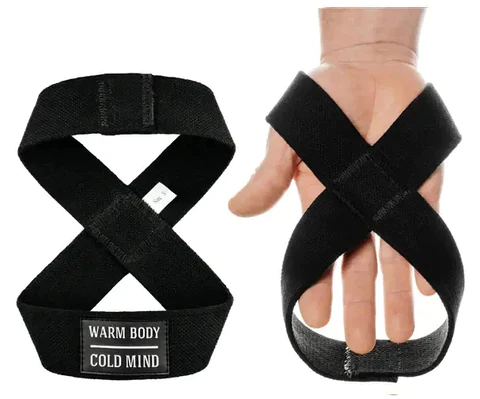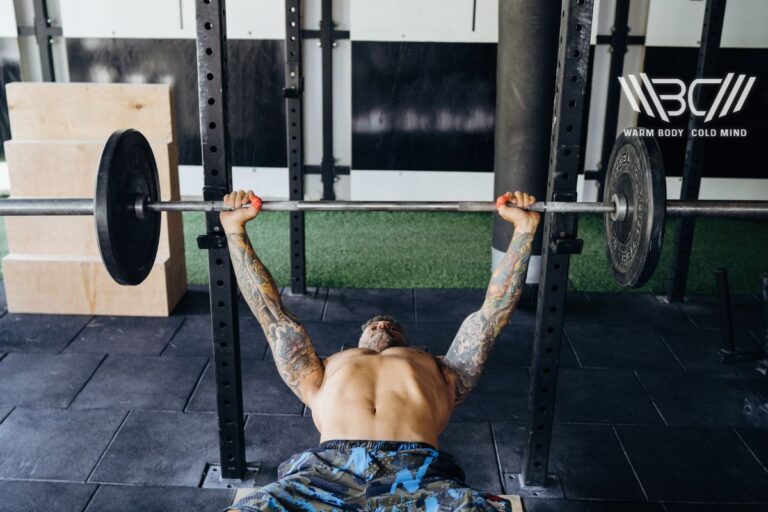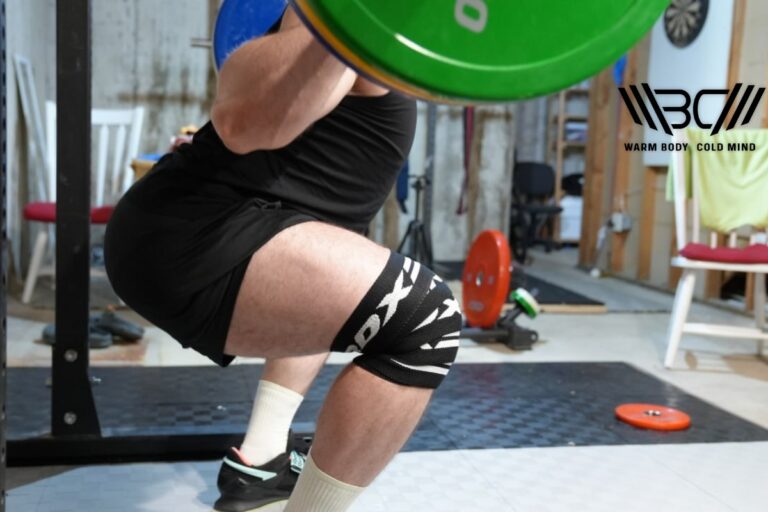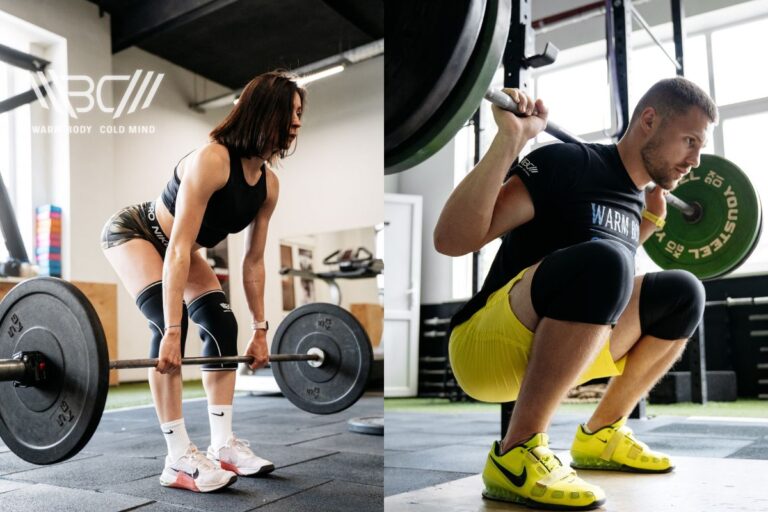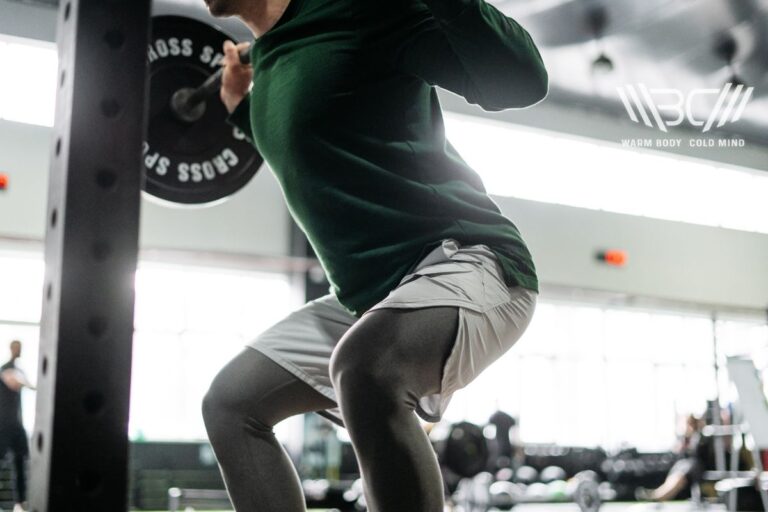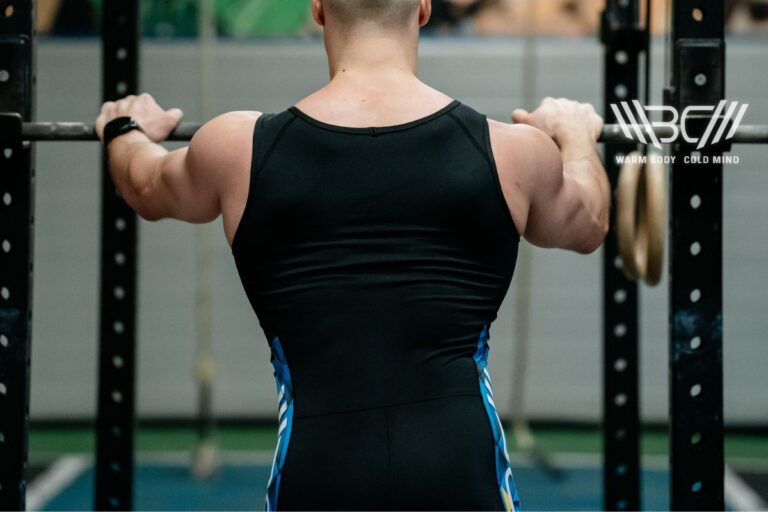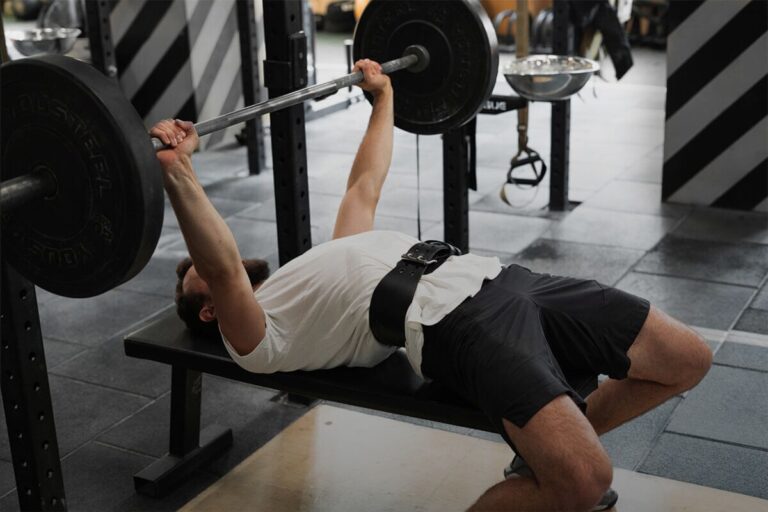How to Use Deadlift Straps? And Do You Really Need Them?
Reviewed by Oleksiy Torokhtiy
One of the most debated topics nowadays is the usage of weightlifting straps. You may have seen lifters with their hands strapped onto the barbell. Some call it a great help; others inflate it to cheating. Well, the latter is more of a ‘macho’ behavior. Lifting straps can boost your training goals, especially with deadlifts.
If you’re here to know why and how to use deadlift straps, keep on reading!
How to use deadlift straps? – Deadlifting straps help you improve grip action, progress to heavier loads, and avoid wrist injuries. Using wrist straps for deadlifts is simple. Make a loop for each hand. Wrap it on your wrist and barbell 2-3x for security and stability.
What Are Lifting Straps?
Just in case anyone is wondering what lifting straps are, they’re long cutouts of some heavy-duty fabric or leather. They’re basically wrist straps that gym-goers wrap around their hands and the bar. It creates an additional support and connection that improves the hold of weight, quality of workout, and peace of mind.
It’s instrumental in pulling exercises – such as deadlifts, rows, and shrugs – where you have to lift against gravity. This simple accessory finds its way to experienced powerlifters’ gym bags. There is no doubt about its efficacy. Whether you should use them or not is the contention point. Are you covering up strength gaps instead of removing them?
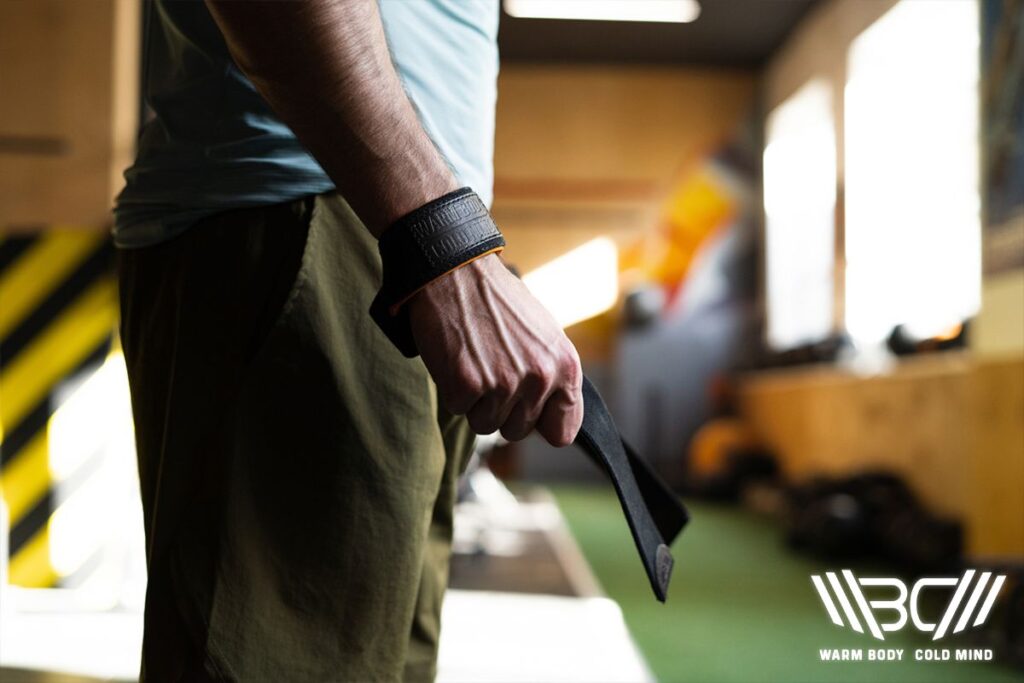
Why Should You Use Lifting Straps for Deadlift?
You should put on deadlift straps to compensate for the failing grip. Once you’ve put aside a weak link in the kinetic chain, you can optimally capitalize on your body’s capabilities as to how much weight it can sustain. This will help you with seamless progression and injury prevention.
The more important question is when to use deadlifting straps. First and foremost, you must perfect the form and technique. Beginners have no business with straps. On the other hand, intermediate and advanced athletes should use them only if the lack of grip strength hinders their progress.

Cotton Lasso Lifting Straps Pro
Enhance your lifting experience with Warm Body Cold Mind lasso lifting straps designed for durability and comfort.
1. Improve Grip on the Bar
There are several reasons one can’t correctly hold the weight, or it keeps slipping out. Maybe your wrist and forearm strength hasn’t kept up. It’s something you should work on separately without suspending the deadlift progress. Sweating, small hands, passive knurling, and fatigue near the latter reps are other potential causes. Straps can bypass these superficial shortcomings.The research tells us that using wrist straps for deadlifts allows for superior maintenance and recovery of grip strength while increasing mechanical performance and decreasing the perceived exertion in the meantime.
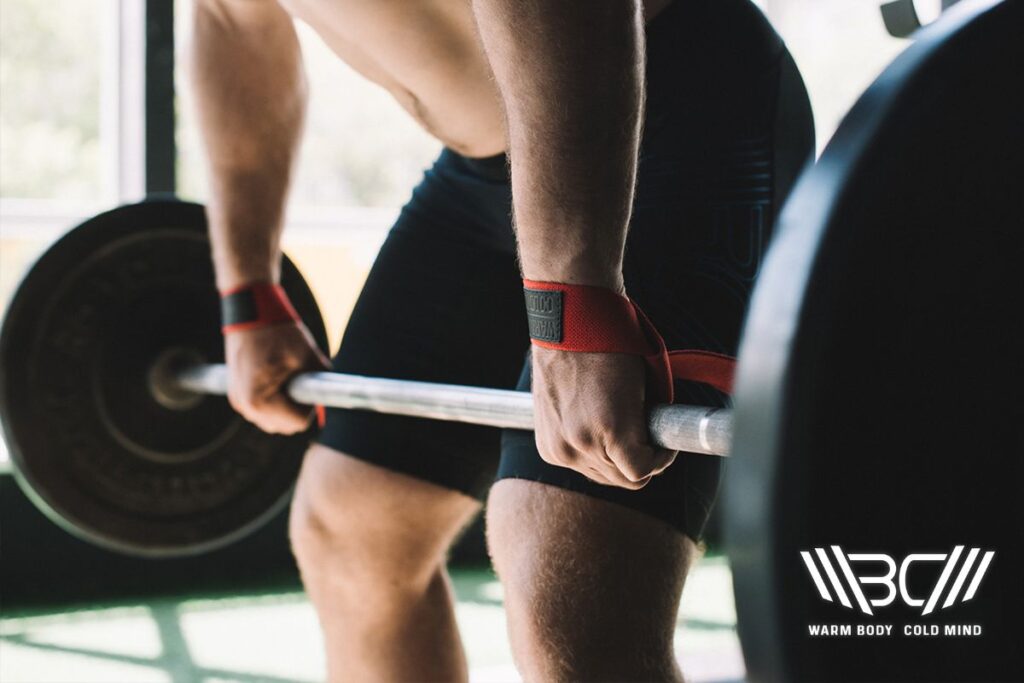
2. Allow Progression and Growth
It’s true deadlifting is supposed to improve your grip strength. With straps, you abandon this gradual gain. But is it the primary benefit of lifting hard and heavy? Deadlift is a posterior chain movement – targeting your glutes, hamstrings, hip flexors, core, and upper back muscles. Now, imagine keeping your prime movers on hold because you aren’t ready to grab enough weight.A deadlift with straps increases the time under tension (TUT) for target muscles by slowing the movement. Progressive overload and TUT are two driving factors for muscle and strength gains.
3. Help With the Safety
Deadlift-related pain and injuries are associated with a faulty technique or insufficient rest. Elite athletes figure out a suitable program. The worrying problem is calluses and blisters on the hands. You can wear gloves, adding an extra layer and further thickening the grip surface. Or you can let straps kill friction and redistribute tension away from your palms.
Besides callus-free lifting, you don’t fear the bar rolling out amid the movement. By taking excessive demand away from your wrists, straps don’t only prevent strains but also help when recovering from one.
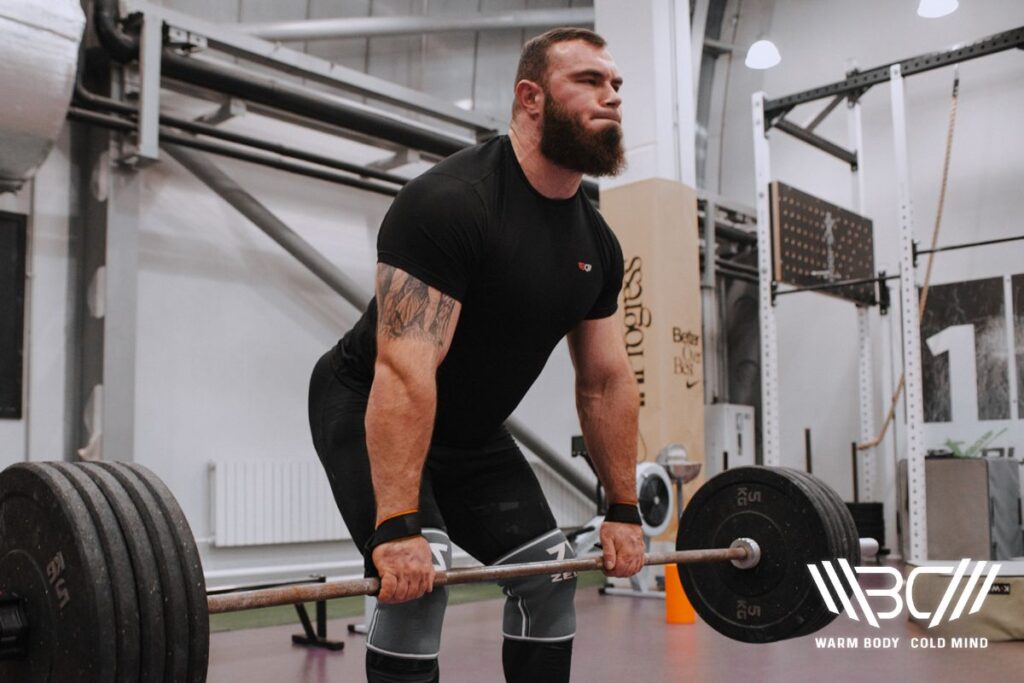
Is It Better to Deadlift Without Straps?
Deadlifting straps aren’t a magic wand to smash PRs, nor should they become a crutch. They only rule premature grip failure out of the equation and help you reach true muscle damage. We know that straps won’t affect training velocity either, meaning the rate of power and fatigue.
Stick with one rule: Do deadlift with straps when you have to!
Go strapless during warm-up, accessory work, and as many reps and sets as possible. You might need assistance during the heaviest set or a couple of ultimate reps. Keeping a bulk of the circuit strap-free will also hone your wrists and forearms. On rest days, throw in some reverse curls and farmer’s walks to enhance your grip strength and security over time.
Also, look at the rules of any meet or event you’re participating in. Strongman contests usually permit straps. So, it’s essential to get acquainted with these leaderboard-shuffling aids. However, IPF, IWF, USPA, and Functional Fitness don’t allow their use. Still, you shouldn’t tax your grip unnecessarily.
Thus, strap in for some time to test how much you can pick off the ground. If you never do deads without straps, that will be an issue. Otherwise, it’s fine to continue your weightlifting and grip progress independently.
Subscribe!
The latest reviews of must-have home gym training equipment, apparel, and supplements that will enhance your performance and bring you new results.
What Are Different Types of Straps?
There are three main styles of lifting straps: closed-loop, lasso, and figure-eight. We’ll discuss each type and how to use straps for deadlifts. Also, we’ve dropped suitable options by Warm Body Cold Mind (WBCM), a high-value brand for weightlifting accessories.
| Feature | Closed Loop | Lasso | Figure 8 |
| Grip Security | Low | Medium | High |
| Workout Variety | High | High | Low |
| Bar Drop | Possible | Possible | Not Possible |
| Price | $ | $$ | $$ |
| Best For | Cleans and Jerks, Snatches | Deadlifts, Rows, Curls | Heavy Deadlifts, Shrugs |
1. Closed-Loop Lifting Strap
A closed-loop strap – as it sounds – is just a loop made of comfy material. It’s most suitable for Olympic lifts, where you must quickly release or put the bar overhead. The granted flexibility and mobility make these straps the most versatile yet least secure of all. If you want to max out a deadlift with straps, other types will make a better companion.
How To:
To attach closed-loop straps, simply slip your hand inside the belt and feed its hanging end around the bar. We’re a fan of lightweight and no-frills construction, such as this WBCM FocusB Strap. It’s 100% dual-stitched cotton and available in black color. We’ve personally tested it with a 600+ lb lift.
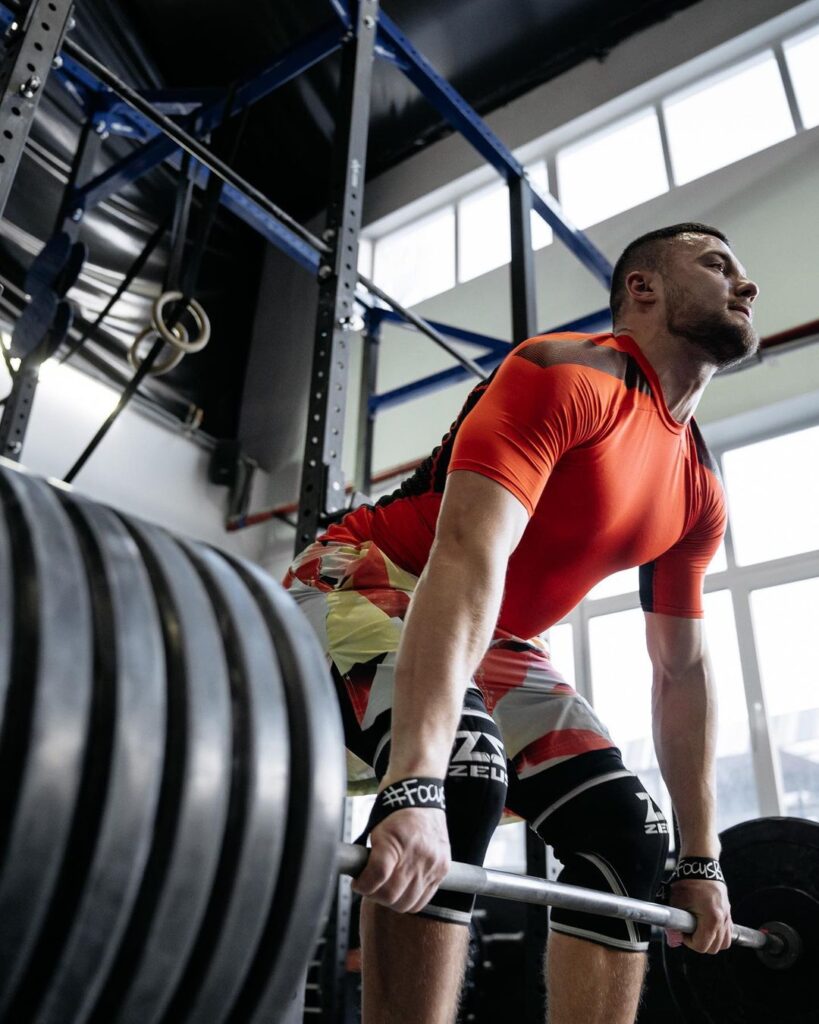
2. Lasso Lifting Straps
The lasso is a modified ‘teardrop’ version of closed-loop, bringing a longer tail to wrap the bar several times. It explodes grip stability without sacrificing the versatility of the product. You must pack a lasso in your kit for casual as well as record-breaking lifts, including deadlifts and rows. You can adjust the length and fit according to your needs.
How To:
Using lassos is similar to closed loops. One end clasps your wrist, looping across to hold the bell. The difference is that a lot of material will be left. Wrap that over the bar multiple times for a tighter grip. WBCM Lasso Straps have perfected this style in various colors, natural leather accents, and 22″ massive length.
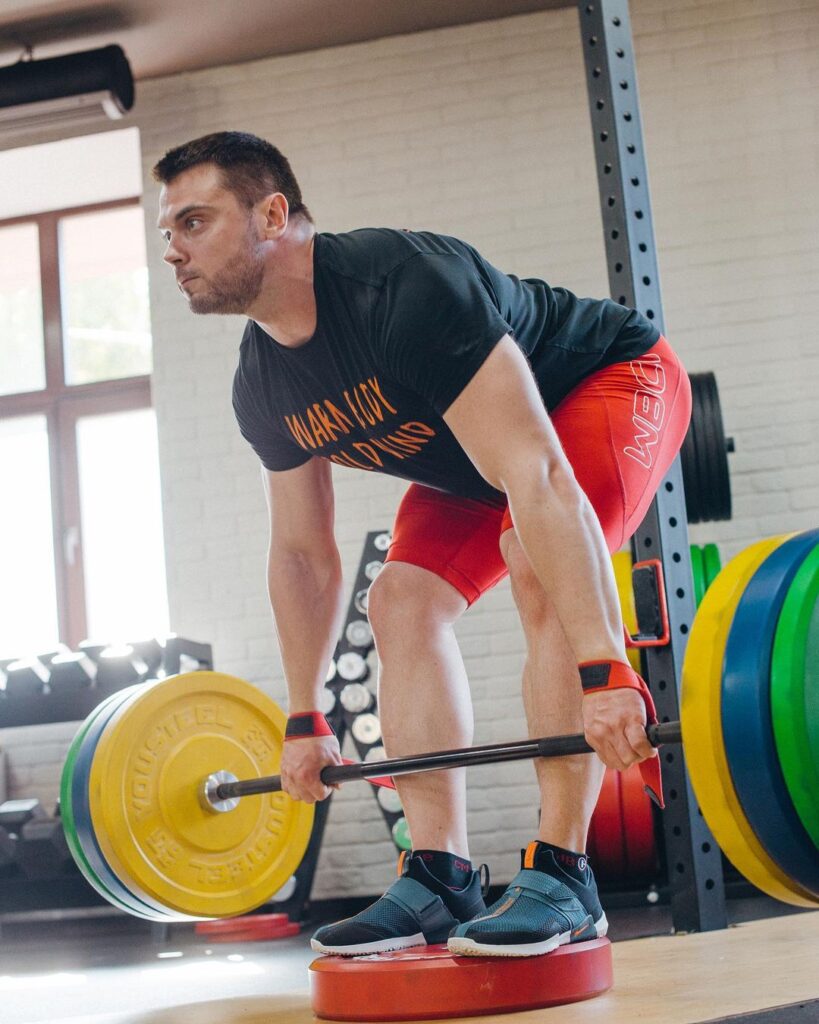
3. Figure 8 Lifting Straps
As the name suggests, these straps are shaped like the digit ‘eight’ or infinity. It’s considered the most secure of all. Powerlifters love them because even if your grip completely surrenders, the strap will keep the hold. You can use them for big deadlifts as long as you don’t have to bail immediately.
How To:
A figure 8 strap loops around your hand, goes under the bar, and returns for your wrist. You can’t wrap it multiple times, but it’s bulky and grippy. WBCM Figure 8 Straps are made with cotton and elastane to give a bit of stretch. There are three sizes for men and women athletes.
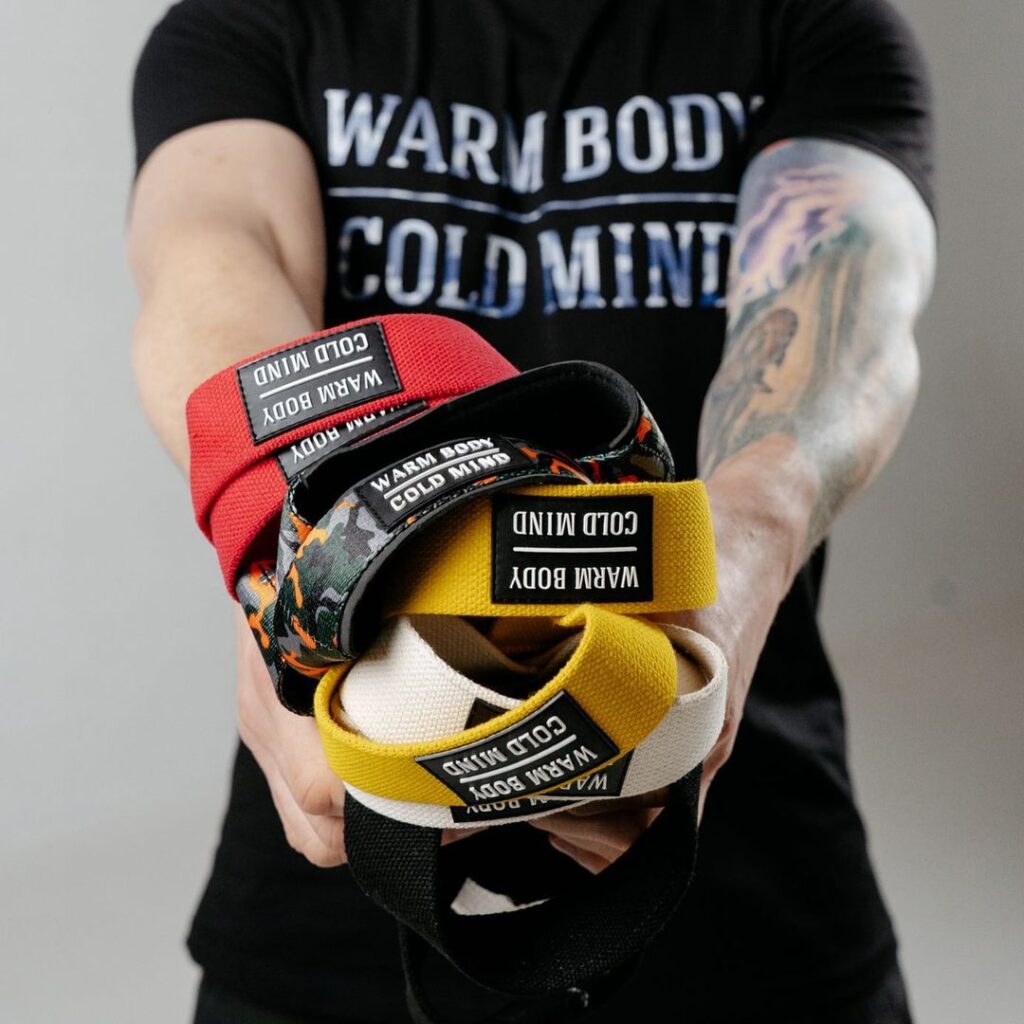
General Tips on How to Use Deadlift Straps
1. Make a Loop at the Base of the Hand
Straps have a small hole at one end. You have to create a bigger circular loop. Remember, the ideal site is relatively low on your hand, between the thumb base and wrist bone. Also, the cross should be made moderately tight on your palm instead of the back of the hand.
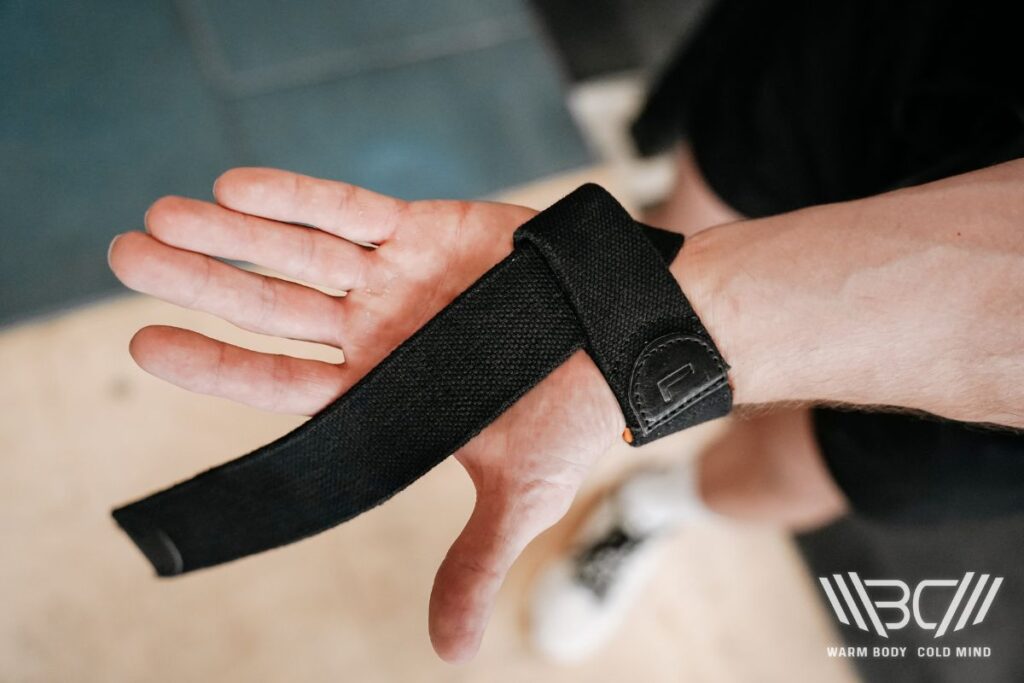
2. Use Your Thumb and Fingers
You’ll have another hand to assist first, but not the second time. Therefore, practice tying the dangling end around the barbell with your strapped hand’s thumb and fingers. It’s easy! Ensure each wrap on the bar overlaps one another by about a quarter of an inch.
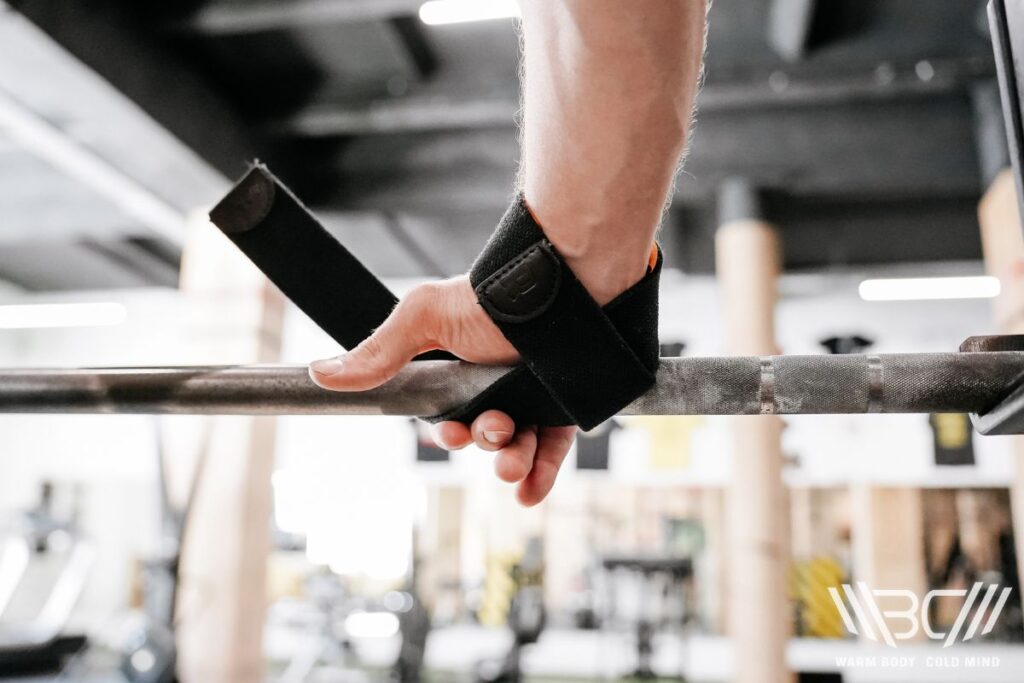
3. Find a Heavy-Duty Pair
When stocking up on new deadlifting straps, balance comfort and durability. The padding looks after the first characteristic. Leather naturally contains friction and grit, which comes in handy during 1RM attempts. Alternatively, opt for double-stitched cotton or neoprene material.
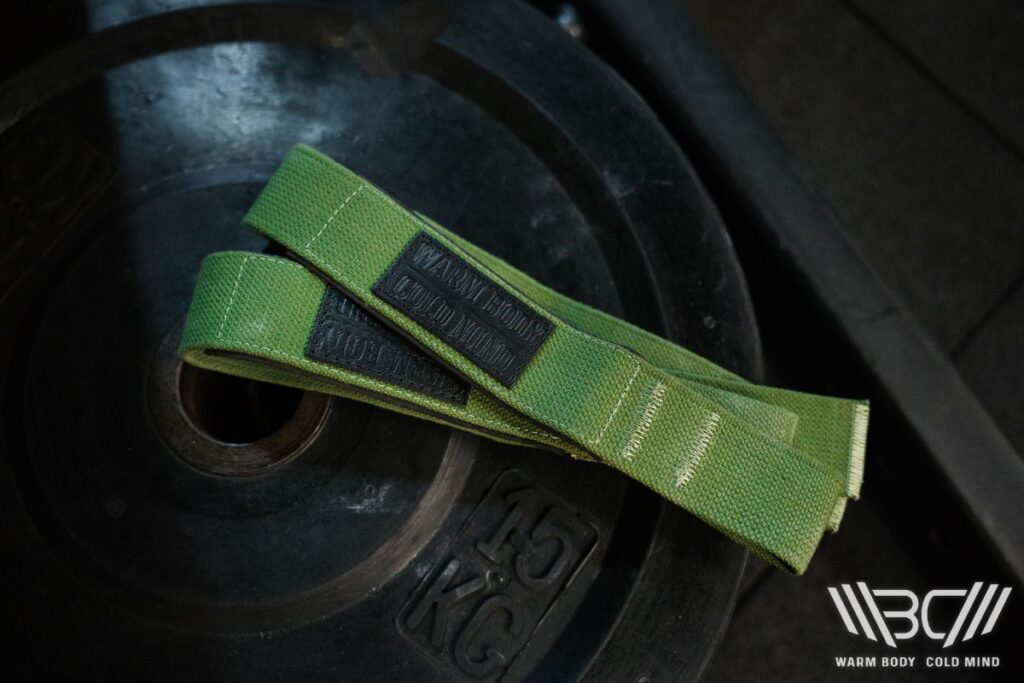
4. Train for the Overhand Grip
The overhand grip is a straightforward style. To deadlift with straps, you’ll have to stick with it. Muscled-up gym buffs often switch to a mixed grip with one hand coming up from underneath the bar. While setting up, rotate the grip with each loop on the bar to tighten it down. Think of revving up on a motorbike.
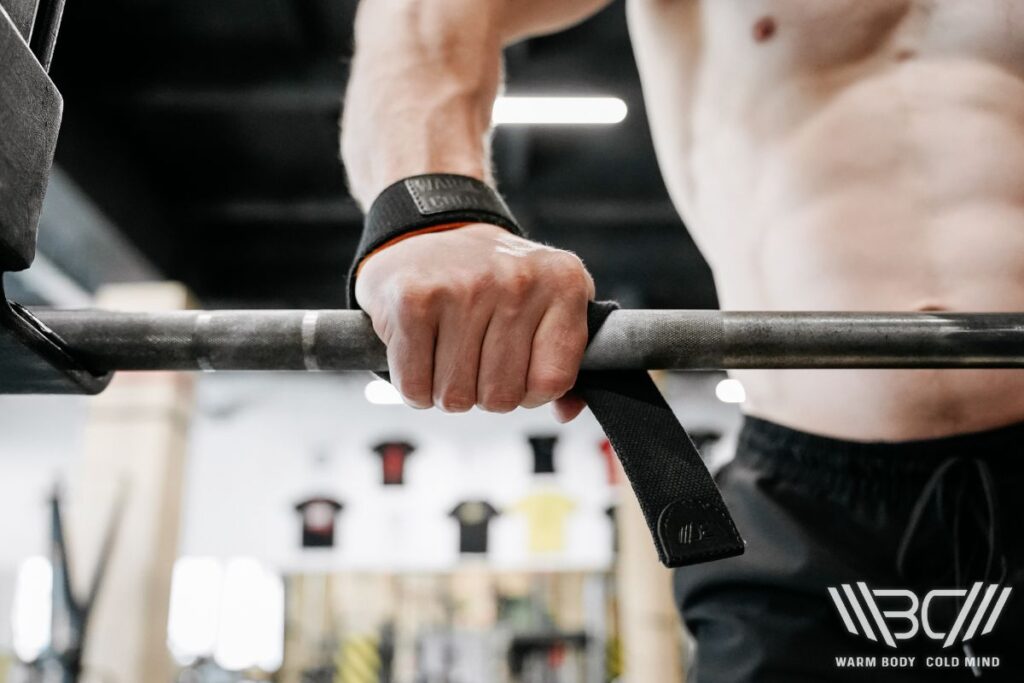
5. Lower – Don’t Drop – The Bar
Again, maintaining a proper form is paramount to gather strength and avoid injuries. Especially when using wrist straps for deadlifts, don’t drop the bar once your hips and knees are fully extended. Instead, bring it down in a controlled eccentric motion to challenge your hamstrings and glutes.
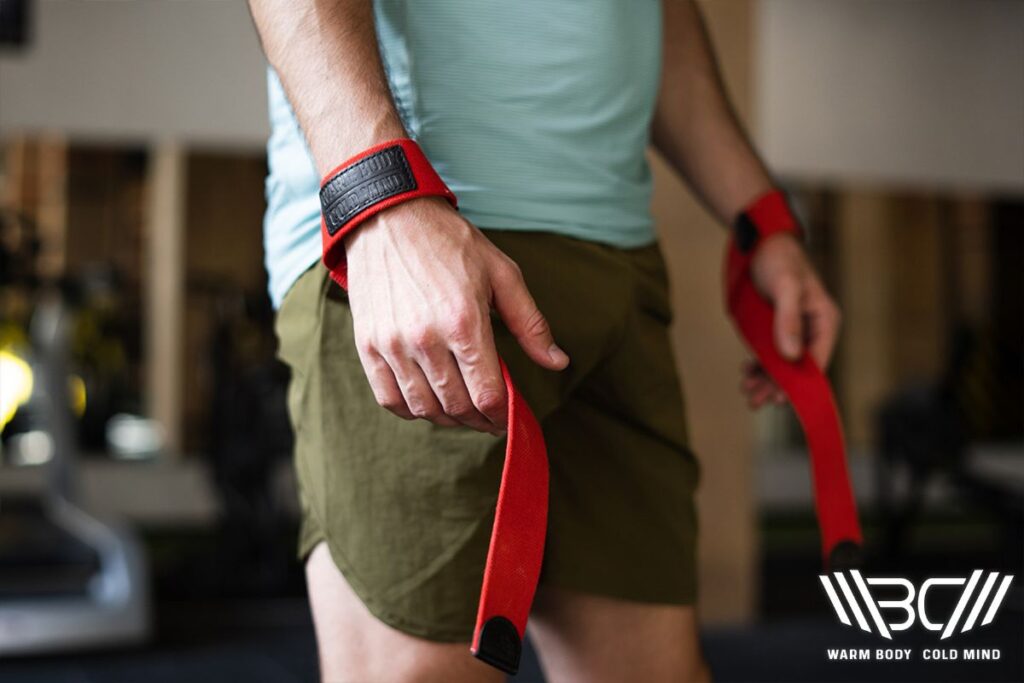
FAQ
Is Using Lifting Straps for Deadlifts Cheating?
Nope, using wrist straps for a deadlift isn’t cheating. It prevents your grip strength from gassing out before main muscle groups, thus letting you train to failure. Even professional powerlifters and bodybuilders rely on them.
Are lifting straps better than gloves?
Gloves have a minimal scope in keeping calluses and blisters away. While straps make a difference in these cases, they have a better and broader use case. You get a barrier against grip failure and accidental drops.
Do Lifting Straps Make Deadlifts Easier?
In weightlifting, you can’t bite more than you can chew, not without consequences. Straps won’t make the exercise easier, per se! However, they may help you bust out a few more reps if grip strength is the limiting factor.
How Much Do Straps Add to Deadlift?
The exact gain depends on the strength gap between your prime movers and grip force. Based on the observation and experience, we can say wrist straps can boost your lifts by 20-30% compared to going bare hands.
Conclusion
Deadlifting straps can be a game-changer to your power routine. They take grip fatigue out of the game, pushing you to go all the way. You can build muscles more efficiently while avoiding unnecessary wrist strain.
Feel free to get back to this guide on how to use deadlift straps. Do you think it contains everything one needs? We’ll wait for your questions and suggestions in the comment section.
References:
- Ivan Jukic et al., “Ergogenic effects of lifting straps on movement velocity, grip strength, perceived exertion and grip security during the deadlift exercise,” Physiology & Behavior, Volume 229, 1 February 2021, 113283
- Iñigo Borges et al., “The influence of deadlift and an additional training programme on grip strength in trained subjects: an experimental study,” Revista Andaluza de Medicina del Deporte 15(3):86-92
- Coswig, Victor S et al., “Kinematics and Kinetics of Multiple Sets Using Lifting Straps During Deadlift Training,” Journal of Strength and Conditioning Research 29(12):p 3399-3404
- Victor Bengtsson et al., “Narrative review of injuries in powerlifting with special reference to their association to the squat, bench press and deadlift,” BMJ Open Sport & Exercise Medicine, Volume 4, Issue 1
- Ivan Jukic et al., “Velocity-Based Resistance Training Monitoring: Influence of Lifting Straps, Reference Repetitions, and Variable Selection in Resistance-Trained Men,” Sage Journals, Volume 15, Issue 3
Author: Ihor Shymechko
Coach, PRO Olympic Weightlifter
Ihor Shymechko is a renowned Ukrainian weightlifter. He has represented his country in several Olympic Games, notably in 2008, 2012, and 2016. His impressive career includes winning the European championship in 2009 and earning a silver medal in 2011 in the +105 kg division. Shymechko also earned a Ph.D. from Lviv State University of Physical Culture.
Reviewed by: Oleksiy Torokhtiy
Olympic Weightlifting Champion
Oleksiy Torokhtiy is an Olympic gold medalist in weightlifting and a prominent coach. Born in Ukraine, he has degrees in Physical Education and Engineering and is currently pursuing a Ph.D. in Sports Science. He’s known for his online training programs and masterclasses that have helped many athletes around the world. He is also a successful social media influencer and the founder of the international sportswear brand “Warm Body Cold Mind”.

